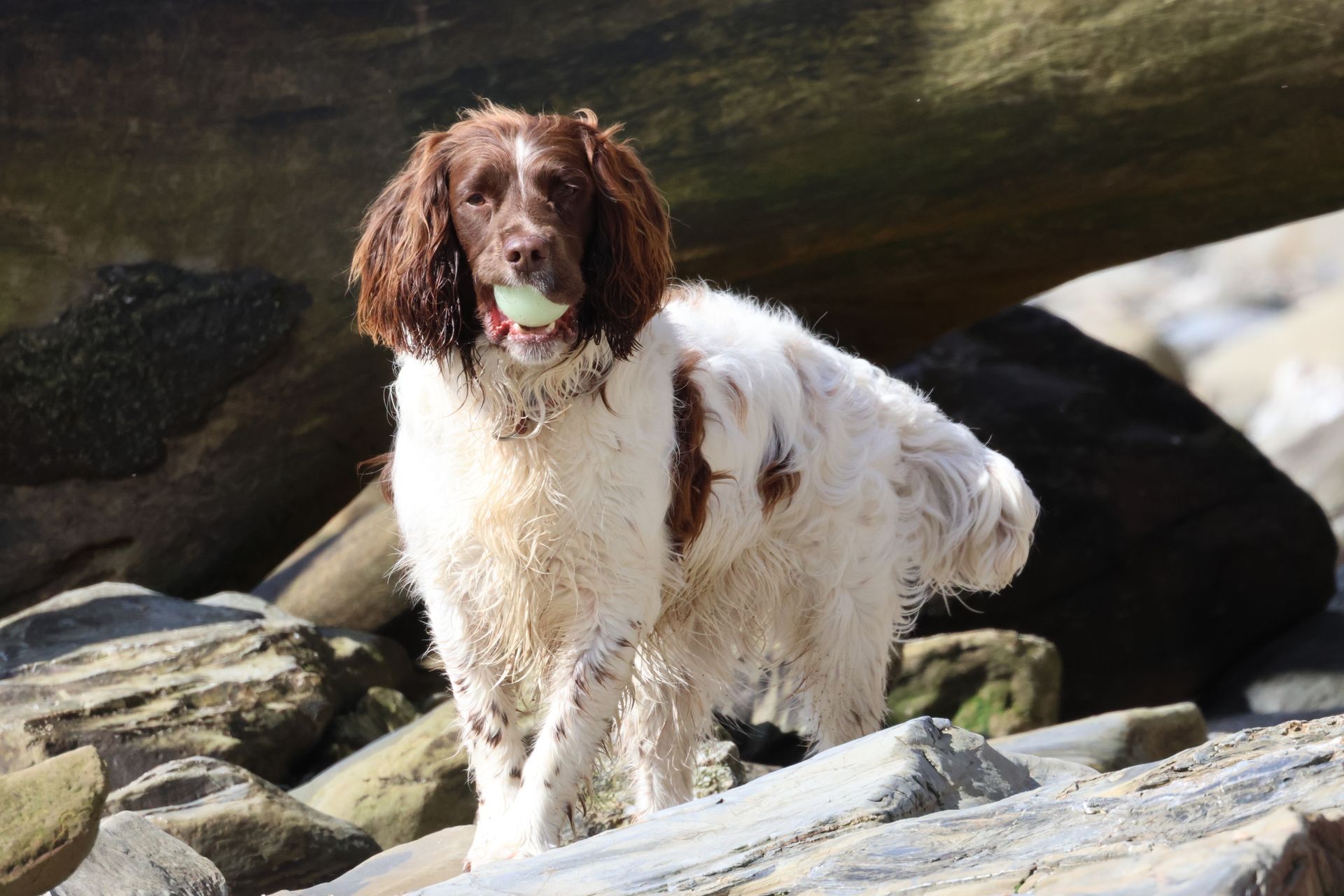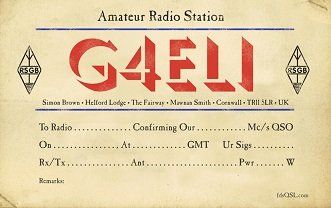Ham Radio Deluxe
A visit from an old friend
Foreword
The text here comes from a posting made by Scott, KC1UA in the user group.
Implementation
Hello,
I set out in search of how to make this work and have come up with a method to do so that works well for me. I have outlined it below. This configuration allows you to use SDR Console with the HF SDR of your choice and its own antenna as a receiver, and to use the waterfall to point, click, and tune your amateur radio transceiver by having SDR Console talk to Ham Radio Deluxe. This to me is the best of both worlds as I can view an entire amateur radio band, find a signal, point and click and tune it. My RFSpace NetSDR with a Wellbrook Loop attached to it is a FAR better receive combination than my dipole antennas and Yaesu FT-450D as I'm packed into a neighborhood full of small lots and lots of man made interference. I can also continue to manipulate my transceiver's controls through Ham Radio Deluxe, and use that software's logging features.
I offer this guideline as I searched for one and never found one. A lot of research and combination of information found on a number of websites ultimately led me to success. I was also able to interface HRD (and the DXLab Commander software) with RFSpace's Spectravue software. The setup is similar, but as the goal was for HRD <> SDR Console I present it as such and hope it helps someone in some way.
The transceiver and SDR you use should not change the way this tutorial works at all. As long as you have SDR Console configured properly with your SDR and Ham Radio Deluxe configured properly with your amateur radio transciever, the below should work. For the record I am using Windows 10 Home Edition 64 bit on a Dell XPS i5 processor PC with 16 GB of RAM.
Prerequisite Installations and Other Suggestions
- Request a copy of the Virtual Serial Port Manager (VSPM) software written by K5FR. An email to him with your callsign and an assurance you'll use it for personal use only does the trick. Once you receive the software, CLOSELY follow its instructions and then create a pair of virtual com ports. In my case they were COM10 and COM11.
- Download a copy of Omnirig software. Leave it alone for now; you'll configure it later.
- Considering you want to do this you've almost certainly installed Ham Radio Deluxe. If not, please do! You have a 30 day full trial period.
- Take your time and be patient. Beer or the adult beverage of your choice may help. I'd say it can't hurt but that depends on your consumption levels while working on the project.
Ham Radio Deluxe Rig Control
- Access Tools > Hardware > 3rd-Party Serial Port.
- Under port select the FIRST com port of the virtual pair you just created. In my case COM10.
- Mode is set to None.
- Speed can be set as high as 57600 which is working for me.
- Click the Enable box.
- Once you're sure it's working you can choose whether to click in "Connect when Ham Radio Deluxe starts.
- Click Apply and then close the window. Leave HRD running.
SDR Console
- If you haven't already, obtain and install Omnirig software.
- Run SDR Console. If your SDR is set to automatically start that's fine as whether or not it's running during this configuration was at least to me irrelevant.
- Under SDR Console's View tab click on External Radio. If it's not configured SDR Console will advise you that you have to restart for it to work. Do so.
- When you re-run SDR Console you'll see the External Radio interface appear beneath the IF display on the left of the program.
- Click on the question mark at the top of the External Radio interface. A pop-up menu will show. Click on the "Omnirig Settings" box and a dialog will appear.
- Use these settings: TS-2000 (REGARDLESS of what your transceiver is), the SECOND com port of the virtual pair you created in VSPM, in my case COM11, baud rate 57600, data bits 8, parity None, stop bits 1, RTS and DTR both set to low, poll int. ms. at a MAX of 100 (may not allow you to go lower), and timeout ms. at 4400 which was the default.
- Click OK.
- You're back to the External Radio settings. Make sure that ALL tracking boxes on the right of that window are checked. On the left, you will probably want to check Power on When Program Starts and Restore "Track" state on power on.
- Click OK and you'll return to the SDR Console screen.
- In the External Radio screen on the left click the Track button. If you did everything right SDR Console and HRD Rig Control should sync and you should be able to change the frequency of each.
- Assuming you are using an SDR and a different receive antenna it is almost imperative that you attenuate the SDR when you transmit. To do so find any of the option buttons in SDR Console and click on it, then choose Show all Options.
- You should see an option for Auto Mute on the left of the Options window.
- Enable Auto Mute, make sure peak is disabled, enable Mean by chicking in the box, set it at about -40 dB.
- Set Mute For to 50 ms and Restore to 25 ms.
- Click OK. This provides a pretty effective rapid attenuation of your SDR so you don't damage it while transmitting. It seems to work quite well but be careful, watch your settings, and read the instructions pertinent to this. IF IT'S NOT SET CORRECTLY YOU COULD DAMAGE YOUR SDR. I can't emphasize that enough.
With all of the above in place it works for me. I now can use my NetSDR with its Wellbrook Loop as a receiver and watch the entire band I'm working on for signals. I can see a signal, point and click, and tune HRD Rig Control, and thus my Yaesu FT-450D, to that signal. I can continue to use HRD to adjust power and other levels and settings of the transceiver, and have frequency information dumped into the HRD Logbook for further processing.
Hopefully the above will help someone in the future. At some point I'll create a better presentation with screenshots and/or a video, as time allows.
73,
Scott/KC1UA


